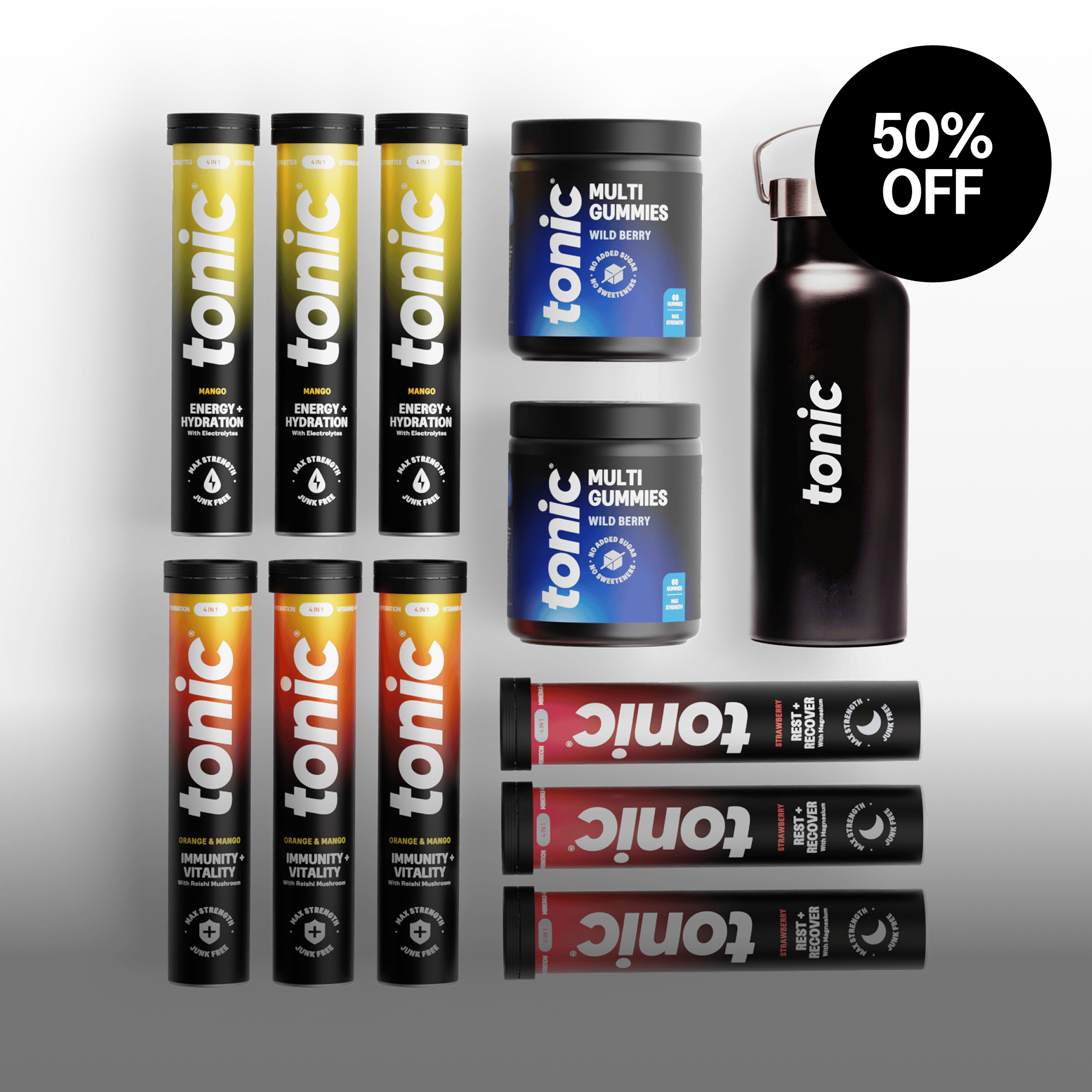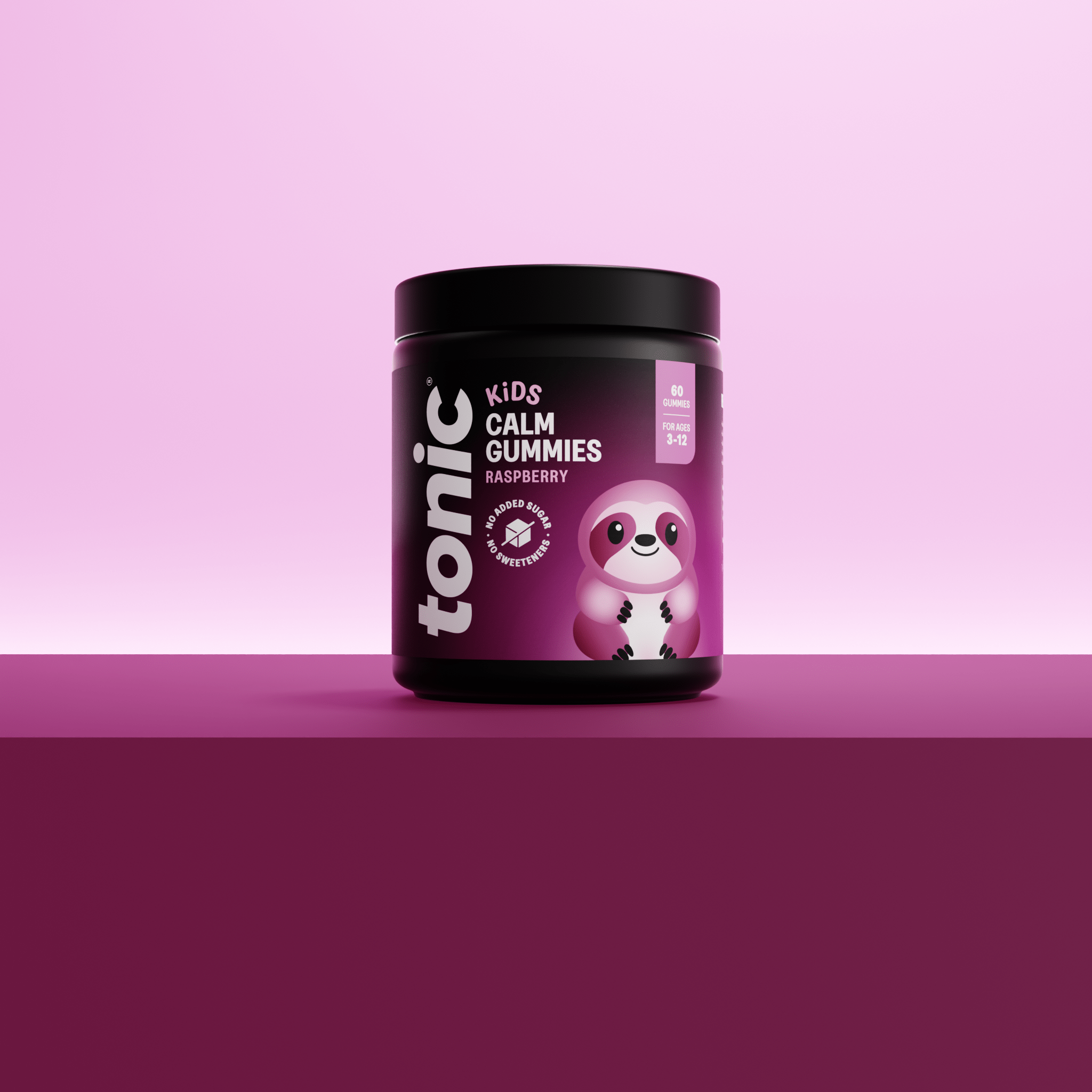By Natalie Louise Burrows, Nutritionist and Clinic Director at Integral Wellness
You check food labels for sugar, additives, and preservatives—but what about your shampoo? Your deodorant? Your favourite body wash?
Many of us don’t give a second thought to the ingredients in our personal care products. But emerging research is raising valid concerns about the long-term effects of certain chemicals found in everyday toiletries, particularly when it comes to hormone health.
Heard of the term endocrine disruptors? That’s what we’re talking about!
What if some of the biggest culprits are hiding in your toiletry bag? What could they be doing to your body, and would you want to know how to reduce your exposure? If so, keep reading…
Your Skin Is More Than Just a Barrier
It’s easy to assume that what we put on our bodies doesn’t affect what goes in. I get it—you’re not eating your deodorant, and we’ve all learnt to close our mouths and eyes when washing our hair (hello, childhood memories!).
But your skin isn’t just a protective shell; it’s a living, permeable organ that absorbs a small amount of what it comes into contact with.
Many substances in toiletries can pass through the skin and into the bloodstream—especially when applied frequently or to sensitive areas like underarms, the scalp, or the face.
While the dose might be small, repeated exposure to hormone-disrupting chemicals has been linked to various health issues, from reproductive problems and thyroid dysfunction to mood swings and fatigue.
Top 3 Ingredients to Watch Out For
1. Aluminium in Deodorant
Aluminium compounds are the active ingredients in many antiperspirants. They work by blocking your sweat glands—which might sound great, until you realise they’re absorbed daily and applied near breast tissue and lymph nodes.
Some studies have explored potential links between aluminium and breast cancer, Alzheimer’s disease, and oestrogen disruption. While the evidence isn’t conclusive, it’s enough to raise concern—especially for something we use daily for decades.
Aluminium is a metal that should only be present in tiny amounts to maintain homeostasis (balance in the body). Applying it regularly to one of the most absorbent areas of the body, near detoxification pathways like lymph nodes, is questionable—conclusive evidence or not.
It doesn’t end there: Many deodorants also contain parabens (linked to oestrogen mimicry) and synthetic fragrance—a major source of hidden hormone disruptors.
What to do:
Choose aluminium-free deodorants made with ingredients like sodium bicarbonate, magnesium hydroxide, or arrowroot. Brands such as AKT, Salt of the Earth, Wild, Fussy, and Native offer safer alternatives.
Note: If you develop a rash, sodium bicarbonate might be the culprit—try a version without it.
Also, consider putting baking parchment between your food and aluminium foil.
2. Fragrance in Toiletries
"Fragrance" might sound harmless—even pleasant—but it can mask hundreds of synthetic chemicals. One of the most concerning? Phthalates.
Everyone talks about BPA, but phthalates are often overlooked.
Used to make scents last longer, phthalates have been linked to hormonal disruptions—especially in men and developing children. They can affect testosterone levels, fertility, thyroid function, and cardiovascular health. These chemicals are common in products like body lotions and even baby wipes.
Fragrance compounds are also airborne—meaning you're inhaling them, not just absorbing them through your skin.
What to do:
Choose products labelled “fragrance-free” (not just “unscented”) or those using essential oils. Look for full transparency on ingredient labels.
3. Sodium Lauryl Sulfate (SLS)
SLS is a surfactant that helps shampoos, face washes, and toothpaste foam. If your "clean" shampoo doesn’t lather—it’s probably SLS-free.
Originally developed as an industrial cleaner, SLS can strip the skin’s natural barrier, leaving it more permeable to other chemicals. It isn’t a hormone disruptor itself, but it may act as an enabler. It’s especially harsh for people with eczema, rosacea, or sensitive skin—and in toothpaste, it’s a known aggravator of ulcers.
What to do:
Switch to sulfate-free products with gentler ingredients like coco-glucoside or decyl glucoside—better for your body and the planet.
Why It All Matters
This isn’t about one product being “toxic”—it’s about the cumulative load. Just like choosing organic food, small shifts in what you apply daily can add up.
Endocrine disruptors interfere with your body’s natural hormone signalling, even at low levels. Over time, they may impact:
- Fertility
- Menstrual cycles
- Thyroid function
- Mood and energy
- Metabolism and weight
- Vascular health
- Gut and oral microbiome
- Food sensitivities
Women, children, and anyone with hormone imbalances may be especially vulnerable.
How to Reduce Your Exposure (Without Going Overboard)
You don’t need to bin everything overnight. Just switch one item at a time when it runs out.
What to look for on labels:
- Aluminium compounds
- Parabens
- Phthalates (often listed as “fragrance” or “parfum”)
- Triclosan (antibacterial soaps)
- Toluene (nail products)
- BHA and BHT
- Oxybenzone and Octinoxate (chemical sunscreens)
Easy swap tips:
- Start with your most-used items: deodorant, lotion, shampoo.
- Use apps like Think Dirty, YUKKA, or EWG Skin Deep to scan your current products.
- Look for third-party certifications like Soil Association or COSMOS Organic.
- Support brands that value transparency and science, not just marketing.
Final Thoughts
This isn’t about fear—it’s about informed choice. When we know better, we can do better. Every cleaner swap is a step towards supporting your long-term wellbeing.
-–––
Natalie Louise Burrows is a registered nutritional therapist (BANT, CNHC) and clinic director at Integral Wellness, a nutrition and health clinic specialising in cardio-metabolic health. Along with her clinic team of nutritionists, they help men and women regain their energy, control their cravings and avoid and reverse type 2 diabetes. They also address health conditions such as high blood pressure, high cholesterol, insulin resistance, fatty liver and heart disease, and weight challenges.







Leave a comment
All comments are moderated before being published.
This site is protected by hCaptcha and the hCaptcha Privacy Policy and Terms of Service apply.